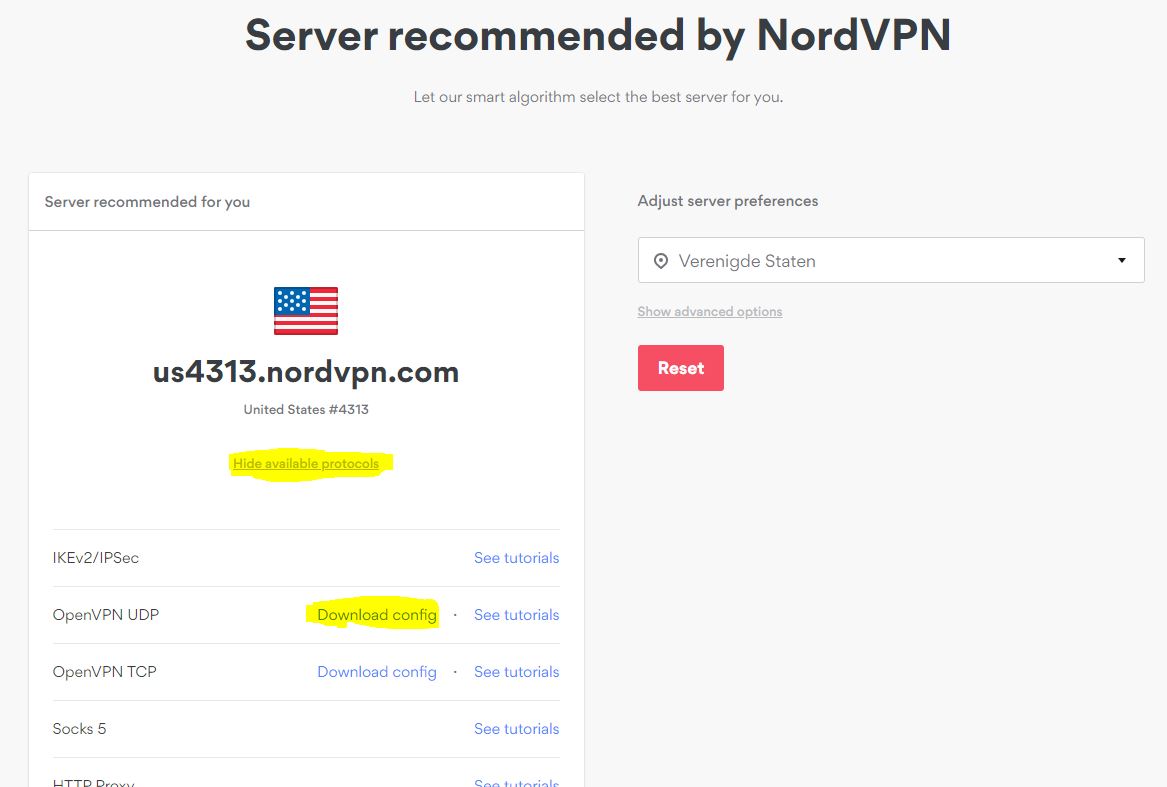
You should leave the user key password field blank, and press the green "Add" button at the top of the dialog to finish. In the username field, enter your crsid followed by the password field, enter your ChemNet token. You should then see a screen similar to the following, where you will need to enter the "username" and "password" fields, but note that these take special forms and are NOT your usual Chemistry login. Check you have installed the package as above.) (Note that if you do not see OpenVPN in the list, then the import won't work.

If you do, pick that one and use the config file here as the configuration to import. You may have an option to import a saved VPN connection. On some versions of Linux, you may need to switch to a tab labelled 'VPN' first. Either way, you should end up with a screen similar to the following:įrom the Network Connections screen, adjacent to the VPN heading, click the '+' (Add) button. You should see a menu similar to the one below:Ĭlick on the 'Wired Settings' menu item to open the Network settings screen.Īlternatively, find the Network tab in the Settings application directly. To configure the VPN using NetworkManager, open the menu in your notification area - usually the top-right corner of the screen, but not universally. If that package is not available, try network-manager-openvpn instead.

The following instructions and screenshots are from Ubuntu 18.04.įirst, ensure you have the network-manager-openvpn-gnome package installed (install it with sudo apt-get install network-manager-openvpn-gnome). The available options should be the same, though.) If you don't use Network Manager then have a look at our general Linux instructions instead of this page. (Different desktop environments have different interfaces, so the images below might not match your experience perfectly.

It's used by default by desktop environments like Gnome and KDE. It provides a convenient and user-friendly method of configuring VPN connections. Network manager is used by Ubuntu (and other Linux distributions) to manage network connections. We have not yet tested all distributions (nor do we intend to!), just the most commonly-used ones.


 0 kommentar(er)
0 kommentar(er)
